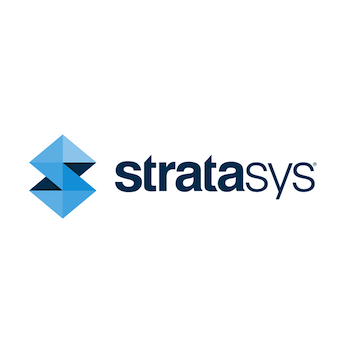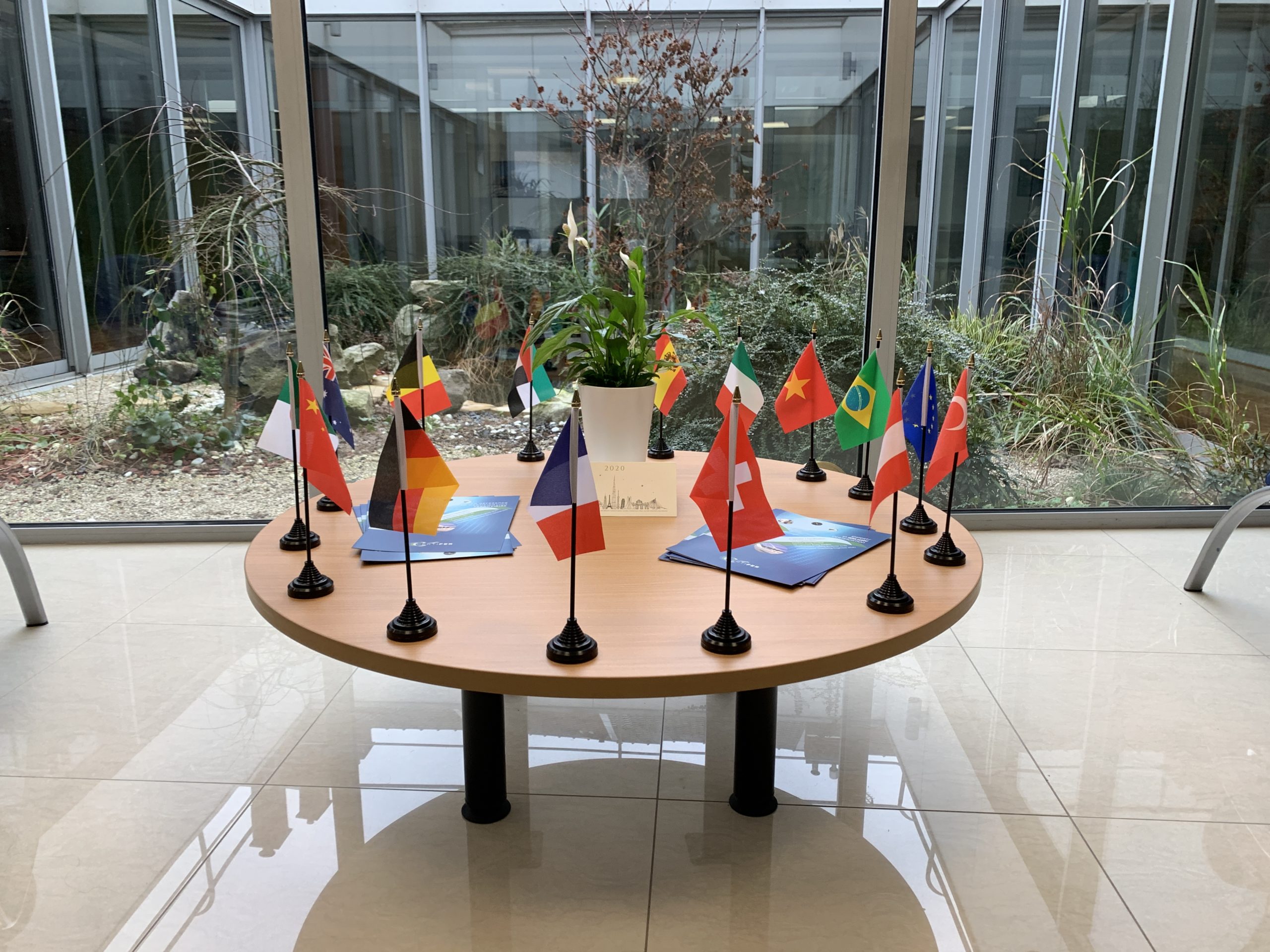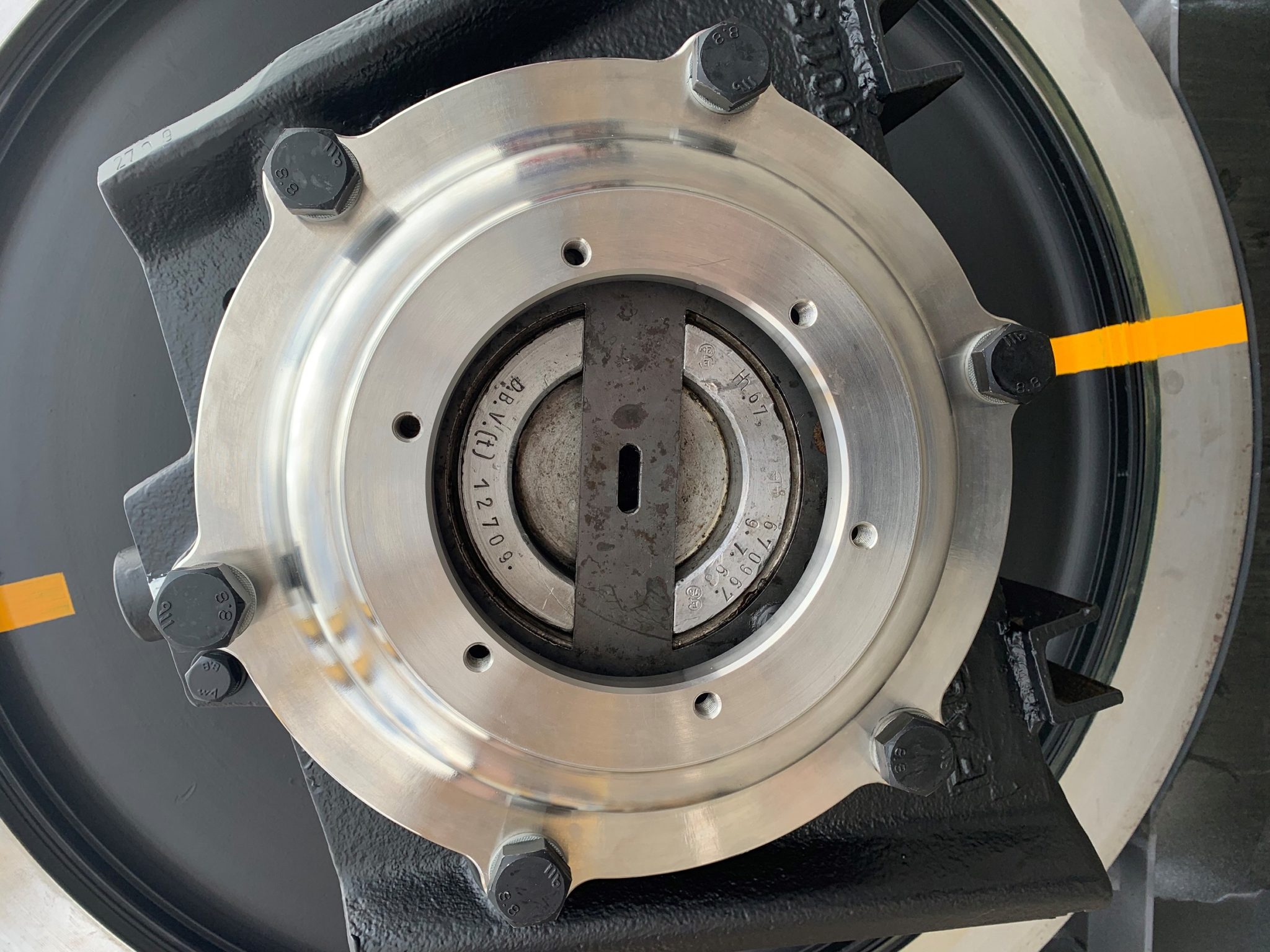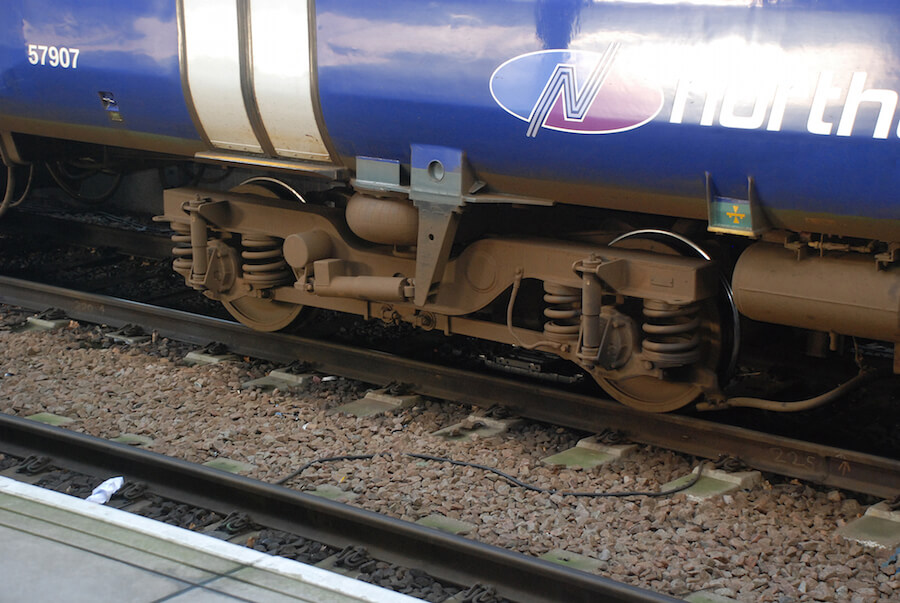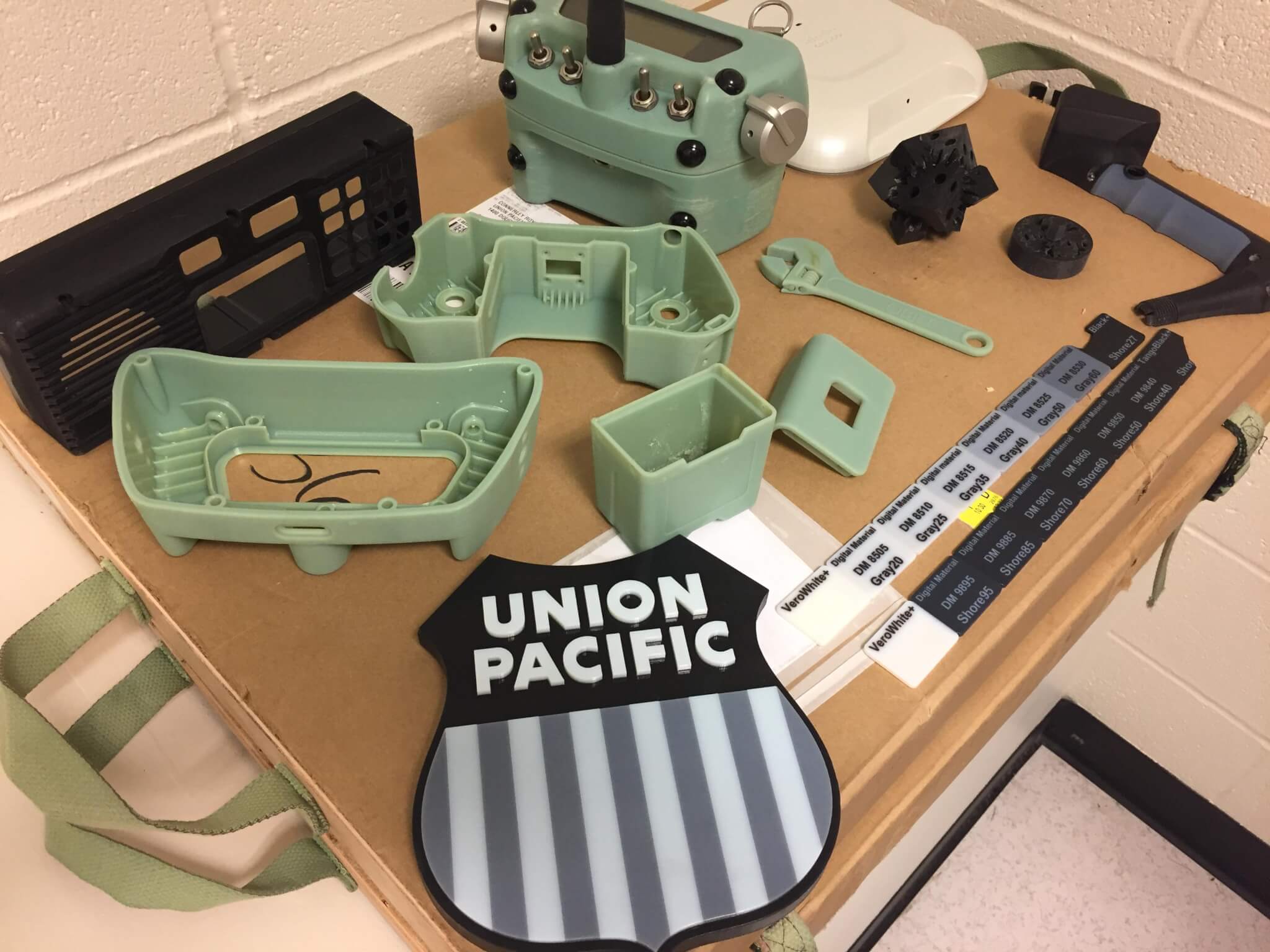Stratasys is On Track for Efficient Production with Bombardier Transportation
Bombardier Transportation speeds up development process for new trains in the German speaking countries with additive manufacturing.
Global mobility provider moves toward 3D printing revolution.
Bombardier Transportation is a global mobility solutions provider. Its lead engineering site for the region Central & Eastern Europe and Israel is located in Hennigsdorf, Germany. This location is responsible for pre- and small-series production of mainline and metro projects, as well as design validation to enable the large-scale manufacture of passenger vehicles at other Bombardier Transportation sites around the world.
Maintaining, servicing and manufacturing these vehicles while upholding Bombardier’s standard of excellence requires fast, effective and cost-efficient processes across many teams. Key to achieving these objectives is the versatility to work efficiently across different projects.
André Bialoscek, Head of Vehicle Physical Integration, Bombardier Transportation Hennigsdorf, said:We were able to reduce production time for a customized air vent system part from four months to roughly four weeks. That’s a resulting time saving of nearly 77 percent.
On Track for Efficient Production
With specific goals to support digital inventory and produce large certified interior train components, Bombardier Transportation’s Hennigsdorf site invested in industrial-grade 3D printing.
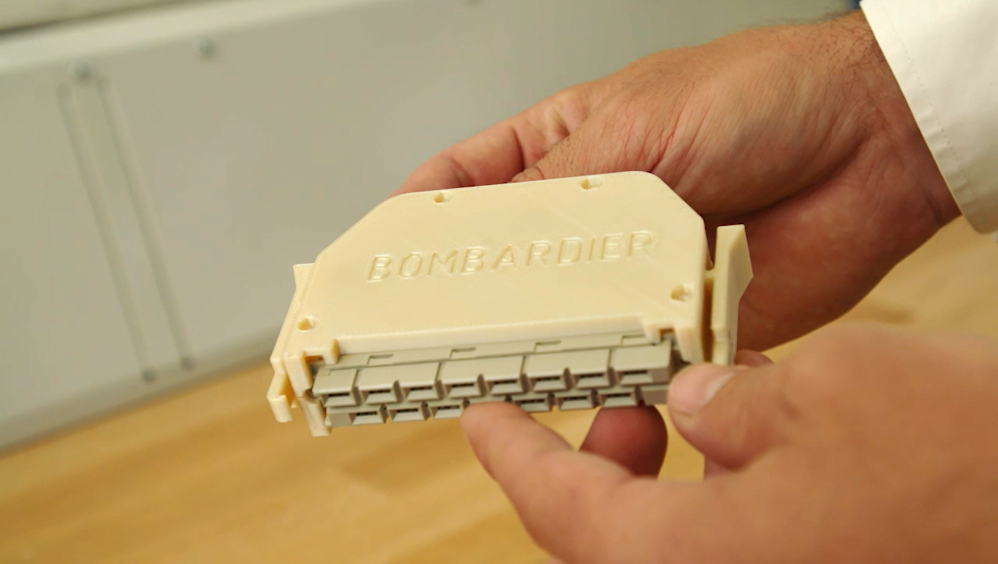
André Bialoscek commented:Our customers choose Bombardier Transportation because we deliver innovative design concepts. Each of these customers has different yet demanding manufacturing requirements, so it’s vital we deploy the most advanced technologies available to ensure we effectively fulfill their needs. That is why we decided to invest in additive manufacturing technology and specifically, the Stratasys F900 3D printer – it enables fast production of large-size production-grade parts.
The Vehicle Physical Integration department is part of the Hennigsdorf site’s new vehicle construction. It is of central importance for the design validation to provide a multitude of customized parts. Bialoscek says the integration of additive manufacturing has been transformational in achieving these objectives.
Bialoscek said:Our goal during the development process for new trains is to speed up the production of project-specific parts that take a while to design. While speeding up production, we still need to ensure that total functionality, safety, and repeatability are upheld. With our F900 3D printer, we are able to do all those things – it has been a game-changer for our department.
The department recently produced a complex custom air vent system for a battery-powered prototype train. The large part was 3D printed in ULTEM™ 9085 resin material, which significantly reduced the component’s weight and optimized overall material use. ULTEM 9085 resin also meets EN45545-2 rail certification guidelines for smoke, toxicity, and fire, a requirement for all train components produced at Bombardier Transportation.
Bialoscek explained:With regards to the battery train’s air duct, we were able to reduce production time from four months to roughly four weeks. That’s a resulting time saving of nearly 77 percent. That is an incredible outcome for our department and demonstrates our ability to now produce certain parts on-demand to our exacting needs without enduring lengthy production times or compromising on material quality. Also, parts can now be replaced much quicker in the servicing of older trains.
The Stratasys F900’s build capacity is big enough for Bombardier Transportation to produce large vehicle components or print several different parts on the same build tray. This gives flexibility to on-demand production and delivers an increased scope for large-size parts like the air duct.
André Bialoscek said:Indeed, in engineering, the use of 3D printing to produce prototypes has seen us reduce our design process time by a massive 30-40%.
Building a Digital Inventory
For Bombardier Transportation, the F900 also marks a shift in service, as Bialoscek pointed out. Bombardier Transportation is now building a digital inventory, ensuring spare part needs are fulfilled on-demand regardless of the particular train model or its age. By simply storing 3D scans of parts, Bombardier Transportation bypasses the physical storage of parts. When a part is needed, Bombardier Transportation uses the F900 to build it from the digital CAD file. Indeed, a significant benefit of the F900 is the way it enables the team to quickly recreate one of its ”digital” parts into a certified train-ready part, leading to fast and direct service for its customers.
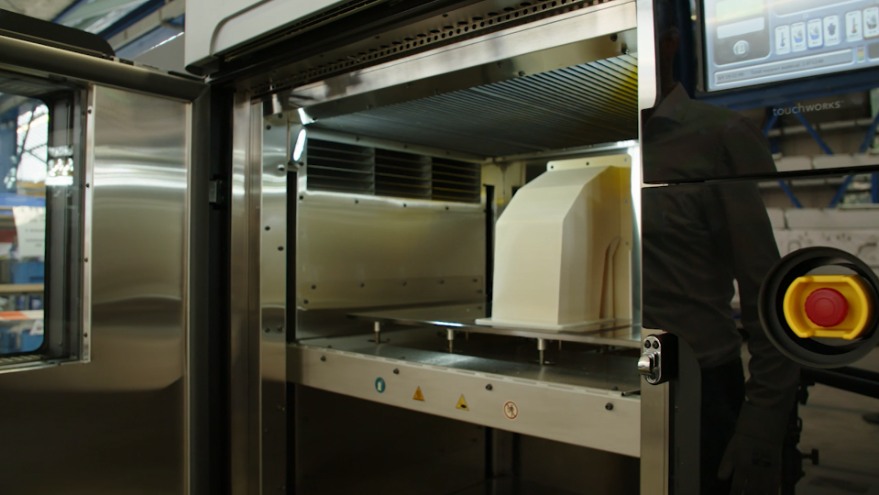
Bialoscek commented:We are now also exploring Stratasys’ PolyJet™ 3D printing technology for our design validation process, and the results we have witnessed so far have been convincing. Indeed, in engineering, the use of 3D printing to produce prototypes has seen us reduce our design process time by a massive 30-40%, while also increasing the quality of our overall designs.
While speeding up production, we still need to ensure that total functionality, safety and repeatability are upheld. With our F900 3D printer, we are able to do all those things – it has been a game-changer for our department.
This article was first published by Stratasys.

